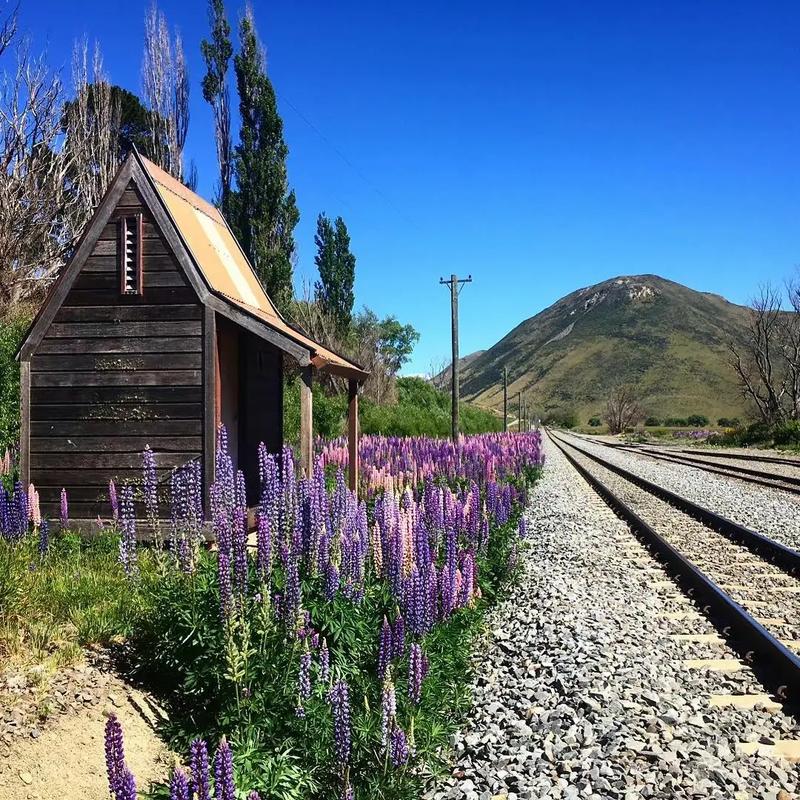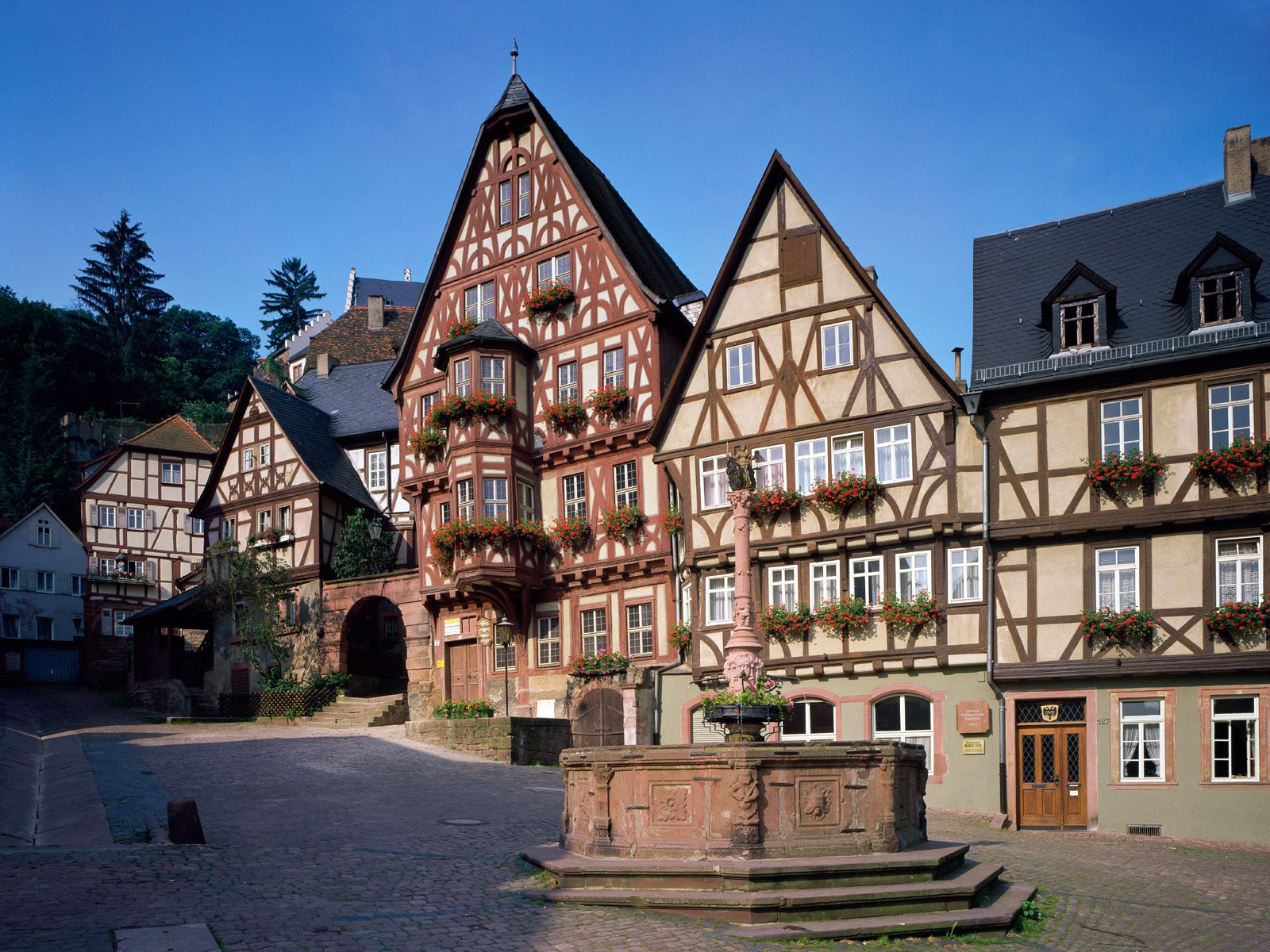Global Travel Information
Lower Zambezi National Park, Zambia
The Lower Zambezi National Park is a place of profound and humbling silence. It is not an absence of sound, but rather a canvas upon which the ancient, low-frequency rhythms of Africa are painted. The deep, guttural rumble of a lion pride, communicating across the floodplain as the sun dips below the escarpment; the percussive crash of a hippo surfacing; the rustle of a thousand leaves as an elephant herd moves like a grey cloud through the winterthorn forest—these are the sounds that define this wilderness. Stretching over 4,092 square kilometers along the northwestern bank of the Zambezi River in southeastern Zambia, this park is a masterpiece of raw, untamed beauty, a final stronghold for an incredible concentration of wildlife, and a testament to the enduring power of a wild river.
The park’s geography is its defining character. To the north, the rugged, azure-hued slopes of the Zambezi Escarpment rise dramatically, forming a natural and breathtaking backdrop. This mountainous wall acts as a barrier, historically protecting the area and creating a contained ecosystem that drains southwards into the lifeblood of the region: the Zambezi River. The river itself is a colossal, shimmering serpent, wide and powerful, its channels and islands constantly shifting with the seasons. From its banks, the land unfolds into a mosaic of habitats. Lush riparian forests, dominated by majestic mahogany, ebony, and fig trees, provide dense cover and rich feeding grounds. Beyond these lie vast dambos—open, grassy floodplains that are the stage for the park’s most spectacular wildlife dramas. Further inland, dense mopane woodlands take over, their butterfly-shaped leaves turning golden in the sun, providing shade and sustenance for countless creatures.
This diverse tapestry of environments supports an astonishing array of life. The park is renowned for its massive elephant herds, some of the largest in Africa. To witness a procession of fifty or more of these gentle giants, from tiny calves to immense, tusked matriarchs, crossing the river with only their trunks raised like periscopes is a sight that etches itself onto the soul. They are the undisputed kings and queens of this domain, shaping the landscape with their immense power. The river is a world unto itself, teeming with hippos that grunt and bellow in the deeper channels, and enormous crocodiles that bask on the sandbanks with primordial indifference.
Predators thrive here. The woodlands and plains are the hunting grounds for sleek leopards, elusive in their spotted camouflage, and for spotted hyenas whose whooping calls pierce the night. The park is also one of the best places in Zambia to see the endangered African wild dog, whose chaotic, high-energy hunts are a breathtaking spectacle of coordination and speed. But the true monarch of the avian world is the fish eagle. Its iconic, haunting cry is the soundtrack of the Zambezi, and seeing one plunge from a dead tree into the water to emerge with a silvery fish is a perfect, timeless African vignette. The birdlife is, in fact, spectacularly diverse, from iridescent malachite kingfishers and skittish Egyptian geese to imposing goliath herons and vast flocks of carmine bee-eaters that paint the riverbanks a brilliant red during their nesting season.
The human experience of the Lower Zambezi is as varied as the ecosystem itself. The primary avenue for exploration is by boat. A tranquil canoe safari, paddling silently past sleeping pods of hippos and bashing crocodiles, is an exercise in exhilarating vulnerability and connection to the water. It allows for an intimacy with the riverine world that is impossible to achieve any other way. Motorized boats offer access to deeper channels and the many islands, providing fantastic opportunities for fishing for the fierce tigerfish or simply absorbing the grandeur of the landscape.
On land, day and night game drives in open 4x4 vehicles traverse the network of tracks through the forests and floodplains, bringing visitors face-to-face with the park’s terrestrial giants and predators. For the truly adventurous, walking safaris, led by highly skilled armed guides, offer the most raw and immersive experience. To walk on the earth, to smell the dust and the wild sage, to study the track of a lion or the freshly broken branch from a foraging elephant, is to engage with the wilderness on its own terms. It is a humbling and electrifying return to the senses, a reminder of our ancient place in the natural order.

However, this paradise faces significant challenges. Its location directly across from Zimbabwe’s Mana Pools World Heritage Site creates a massive transfrontier conservation area, but also makes it a target for cross-border poaching. Human-wildlife conflict, particularly with elephants raiding crops in adjacent communities, is an ongoing issue. The delicate ecosystem is also vulnerable to climate change, with shifting rainfall patterns affecting the flood cycles of the Zambezi upon which everything depends.
Conservation efforts led by Zambia’s Department of National Parks and Wildlife, alongside dedicated non-profit organizations and responsible tourism operators, are critical. Anti-poaching patrols, community outreach programs that ensure local people benefit from the park’s presence, and sustainable low-impact tourism models are the pillars protecting this fragile world.
To visit the Lower Zambezi National Park is not merely to go on a safari; it is to immerse oneself in the primal heartbeat of Africa. It is a place where the line between observer and participant blurs, where the sheer force of nature commands respect and awe. It is where you feel the rumble of the elephant through the soles of your feet, taste the dust of the plains on the wind, and understand, deep in your bones, that you are in the presence of something truly wild, ancient, and precious. It is a reminder of what the world was, and what, with relentless effort and respect, it can still be.
相关文章
- Elbe River Glamping Sites: Luxury Camping Along the Banks
- Elbe River RV Parks: Stay in Your Camper Near the River
- Elbe River B&Bs: Cozy Accommodations with a Personal Touch
- Elbe River Hostels: Budget Stays for Young Travelers
- Elbe River Business Travel Guide: Meetings & Events Near the Water
- Elbe River Conference Venues: Spaces with River Views
- Elbe River Wedding Venues: Tie the Knot by the Water
- Elbe River Funeral Services: Respectful Locations Along the Banks
- Elbe River Volunteer Opportunities: Help Protect the Waterway
- Elbe River Conservation Efforts: How to Support the Environment
发表评论
评论列表
- 这篇文章还没有收到评论,赶紧来抢沙发吧~


